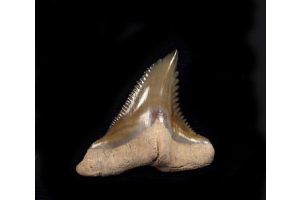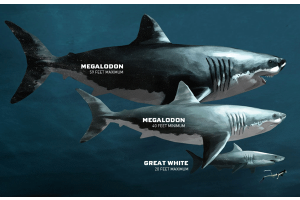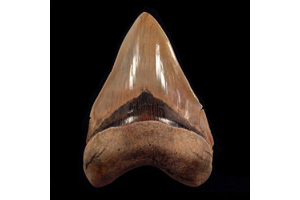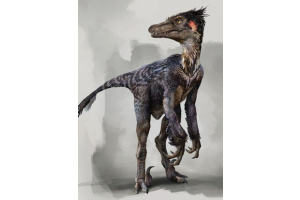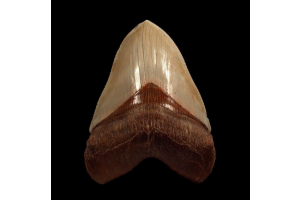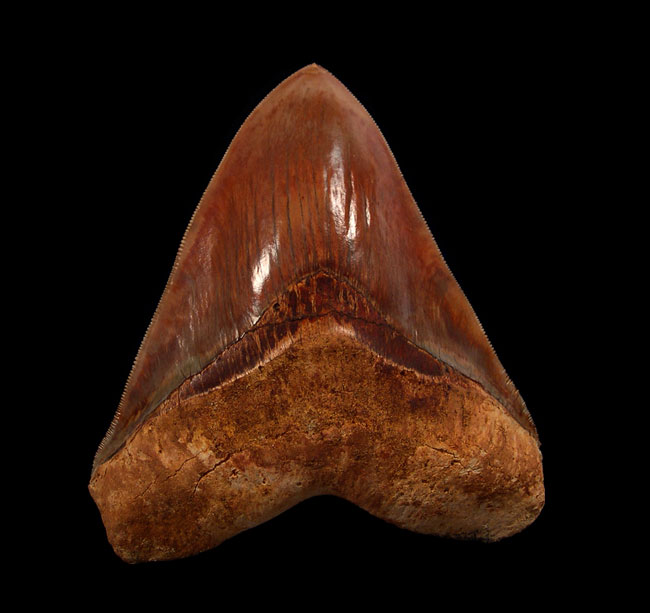
The quest to find the youngest Megalodon tooth is a fascinating journey through time and science. As researchers and fossil enthusiasts delve into the depths of our ancient seas' history, the discovery of the youngest Megalodon tooth provides crucial insights into the life and eventual extinction of the largest predatory shark that ever lived. In this blog, we explore the significance of this quest, the challenges involved, and what the youngest Megalodon tooth might tell us about this magnificent creature's final days.
The Megalodon: A Brief Overview
Before delving into the youngest tooth, let's briefly revisit who the Megalodon was. This colossal shark, whose name means "big tooth," roamed the oceans approximately 23 to 3.6 million years ago. Known for its daunting size, with estimates of up to 60 feet in length, the Megalodon's most distinguishing feature was its massive teeth, some of which measured over 7 inches in height.
The Significance of Finding the Youngest Tooth
The quest to find the youngest Megalodon tooth is more than a pursuit for a rare fossil; it's a scientific endeavor to pinpoint the species' extinction. Discovering the youngest tooth can provide a more accurate timeline of the Megalodon's existence and shed light on the environmental factors and ecological changes that may have contributed to its demise.
The Challenges in Determining Age
Dating a Megalodon tooth to determine its age involves a combination of radiometric dating and stratigraphic analysis. However, this process is complex due to factors such as tooth migration (where teeth move from their original sedimentary layers) and the varying conditions of fossilization. These challenges mean that pinpointing the exact age of the youngest Megalodon tooth requires meticulous scientific analysis and often, a bit of luck.
Current Understanding and Discoveries
As of the last update, the youngest Megalodon teeth found are believed to be around 3.6 million years old, aligning with the estimated time of the species' extinction. However, the search for even younger teeth continues, as each new discovery has the potential to rewrite parts of this prehistoric giant's story.
The Role of Technology in Fossil Hunting
Advancements in technology have bolstered the search for the youngest Megalodon tooth. From sophisticated GPS mapping to advanced radiometric dating techniques, scientists are equipped better than ever to analyze and date fossil finds accurately.
The Excitement Among the Fossil Community
For the fossil hunting community, the search for the youngest Megalodon tooth is a thrilling endeavor. Each expedition and dive brings with it the hope of unearthing a significant piece of the puzzle in understanding the Megalodon's history.
Educational and Cultural Impact
Beyond its scientific value, the quest for the youngest Megalodon tooth captures the public's imagination, highlighting the importance of paleontology and fostering a deeper appreciation for Earth's prehistoric life.
Conclusion
In conclusion, the search for the youngest Megalodon tooth is a testament to our enduring curiosity about the natural world. While the journey is challenging, it is rich with potential for new discoveries and insights. As we continue to explore our planet's ancient past, each find, each fossil, brings us closer to understanding the magnificent creatures that once ruled our oceans, and in doing so, unravels more of the Earth's vast and mysterious history.






